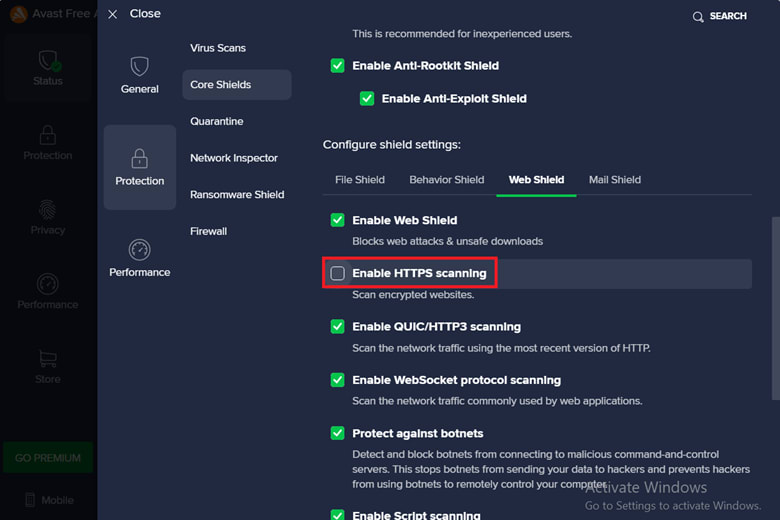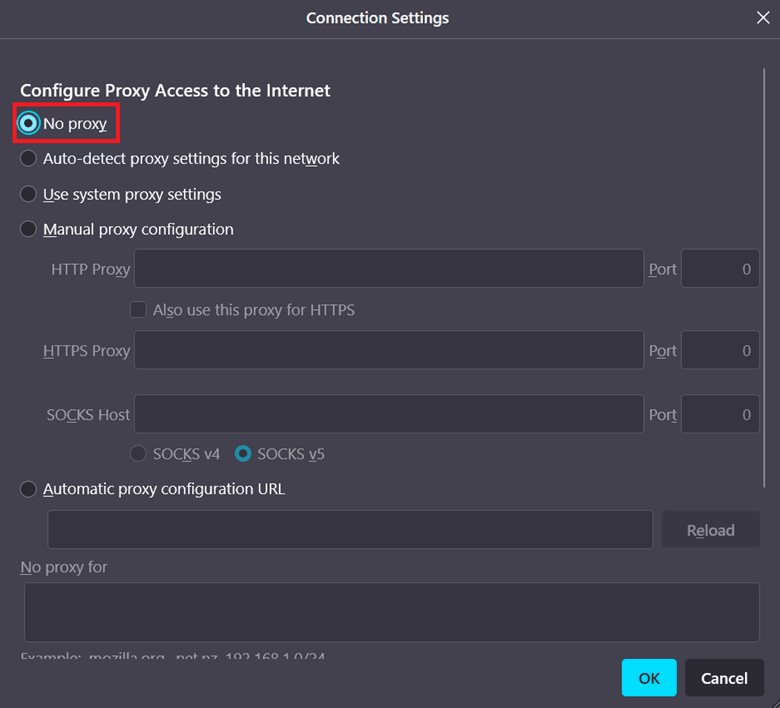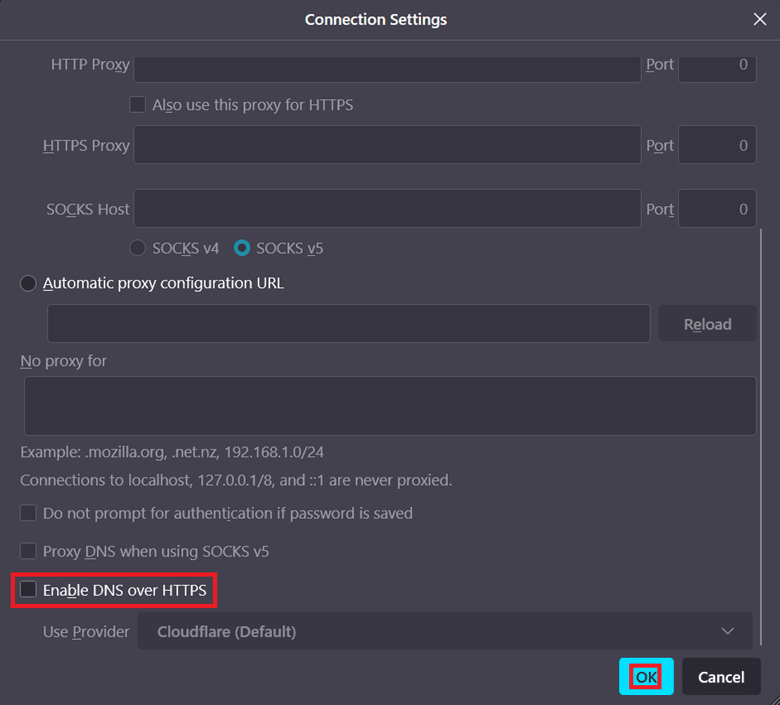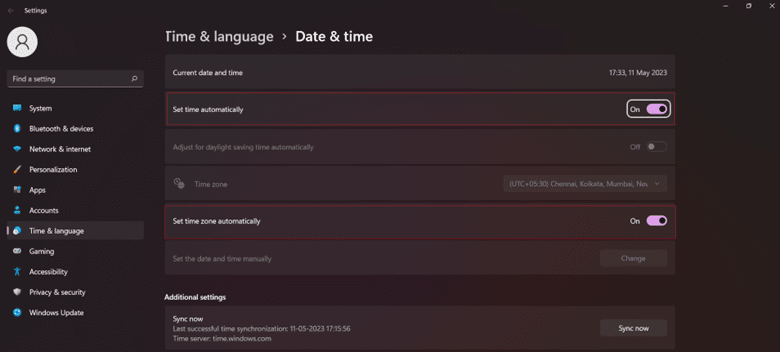Eight Effective Methods to Fix Secure Connection Failed in Firefox
If you’re a recurring Firefox user, you’ve probably seen the “Secure Connection Failed” error notice when browsing the web. This vexing issue happens when Firefox fails to establish an encrypted connection with the website you intend to visit. This might be due to “n” number of reasons, including incorrect system setups, security software interference, network connection difficulties, and so on.
As previously said, this issue might be caused due to “n” number of reasons; hence, in this article, we’ll explore some of the most effective troubleshooting options for dealing with Firefox’s “Secure Connection Failed” problem.
What is a Secure Connection Failed Firefox Error?
The “Secure Connection Failed” error arises when Firefox cannot establish a secure connection with a website. This error is typically caused by an issue with the website’s SSL certificate or a mismatch in encryption algorithms and protocols. It should be noted that this is a Firefox-only error that does not exist in any other web browser.
Why does the Secure Connection Failed Error Occurs?
The Secure Connection Failed error in Firefox can be caused by a number of factors. Some of the most prevalent explanations are:
SSL certificate issues
If the website’s SSL certificate, which is required for creating a secure connection, has problems, such as the SSL certificate being invalid, expired, or incorrectly set – it might cause the error.
Encryption protocol mismatch
The browser and the website may support different encryption protocols. If they cannot agree on a standard protocol for secure communication, the Secure Connection Failed error can occur.
Firewall or security software interference
Sometimes, firewall settings or other security software on the computer can interfere with the browser’s ability to establish a secure connection, leading to the error.
Network connectivity problems
Issues with the network or internet connection can also trigger the error. Unstable or unreliable connections can disrupt the establishment of a secure connection.
Browser configuration or add-ons
Incorrect browser settings or incompatible add-ons/extensions can interfere with the secure connection process and result in this error.
Note: These are just some possible reasons, and troubleshooting methods may vary depending on the specific circumstances and specifications.
How to Fix Secure Connection Failed Firefox Error?
We advise starting with the first method and moving on to the next if the first one doesn’t work.
- Deactivate the security software’s HTTPS scanning function.
- Modify your Firefox browser’s SSL settings.
- Check your Firefox connection settings to ensure that no Proxy connection is enabled.
- Deactivate the DoH protocol.
- Permit the TLS 1.0 and 1.1. (HTTPS Version)
- Disable Add-ons
- Make a Fresh Firefox Profile
- Check the system’s time and date.
Deactivate the security software’s HTTPS scanning function
Most third-party security software includes a feature called HTTPS scanning, which intercepts and scans encrypted connections. However, this feature can periodically cause conflicts and lead to the “Secure Connection Failed” error.
Note: The steps may differ depending on the security software that you are using. Here we are using Avast antivirus as an example.
Follow the steps given below to deactivate the HTTPS scanning function:
- Click the Avast icon twice.
- Select Settings from the Menu list.
- Click “Protection,” then in the center pane, click “Core Shields.”
- Within the Configure shield settings area, click “Web Shield.”
- Uncheck the option next to “Enable HTTPS Scanning.”
Modify your Firefox browser’s SSL settings.
You can change the SSL settings in Firefox to allow the usage of trusted root certificates from your operating system. This guarantees that websites’ certificates are recognized and trusted by the browser.
Follow the steps given below to modify the browser’s SSL settings:
- Launch Firefox and create a new tab.
- Type about:config into the address bar and click Enter.
- Check that the option “Warn me when I attempt to access these preferences” is selected.
- Accept the risk and proceed by clicking the “Accept the Risk and Continue” option.
- Enter security.ssl.enable_ocsp_stapling in the “Search preference name” bar.
- Click twice on the phrase “True.”
- Verify that the setting has been set to False, and try accessing the site once more.
Check your Firefox connection settings to ensure that no Proxy connection is enabled.
Firefox provides options for configuring network connections. Make sure that no Proxy connection is enabled in Firefox’s settings. By disabling proxy settings, you confirm that your browser connects directly to websites without any intermediary servers.
Follow the steps given below to turn off the Proxy connection:
- Launch Mozilla and open a new tab.
- After clicking the three horizontal lines icon, select “Settings.”
- Navigate to the bottom of the window and click the “Network Settings” section’s “Settings” button.
- Click “OK” after selecting the “No Proxy” radio choice.
Deactivate the DoH protocol.
DNS over HTTPS (DoH) is a protocol that encrypts DNS queries to improve privacy and safety by protecting you from cyber attacks, such as eavesdropping. However, enabling this feature in Firefox can lead to connection problems. You can disable DoH in Firefox settings to see if it resolves the error in question or not.
Follow the steps given below to disable the DoH protocol:
- Launch Firefox and create a new tab.
- After clicking the three horizontal lines icon, select “Settings.”
- Within the “Network Settings” section, click “Settings.”
- Uncheck the “Enable DNS over HTTPS” option situated at the bottom and click “OK.”
Permit the TLS 1.0 and 1.1
Despite decreasing popularity, outdated websites still use insecure TLS 1.0 and 1.1 protocols. You may have trouble connecting to these websites if you use an updated Mozilla version ( 78 or above). This is because your browser’s default TLS version is 1.2. The mismatch in TLS versions can prevent access to these websites, causing the issue you’re facing.
Follow the steps given below to enable the older TLS version:
- On the error page, click Enable TLS 1.0 and 1.1, and refresh the page if necessary Note: This option has been withdrawn from the Mozilla version 97. If you are using this version, you need to contact the owner of the website to get the issue resolved.
Disable Add-ons
To discover the add-on triggering the issue, restart the Firefox browser and enable them separately. If the error disappears, you can re-enable them individually until you find the specific add-on causing the problem.
Follow the steps given below to disable an Add-on:
- Launch **Firefox **and create a new tab.
- After clicking the three horizontal lines icon, select “Add-ons and themes.”
- In the Manage Your Extension section, click on three vertical dots adjacent to the add-on name.
- Click “Remove.”
Make a Fresh Firefox Profile
Firefox profiles store your settings, preferences, and browsing data. Sometimes, a corrupted profile can lead to connection issues. Creating a new profile allows you to start with a clean slate, free from any profile-specific issues that may be causing the “Secure Connection Failed” error.
Follow the steps given below to make a new Firefox profile:
- Launch Firefox and create a new tab.
- Type about:profiles into the address bar and click Enter.
- Click “Create a New Profile.”
- Follow the steps given in the “Create Profile Wizard” dialog box, and once done, click “Launch profile in new browser.”
Check the system’s time and date.
SSL connections (secure connections) also rely on accurate time and date settings on your computer. If your system’s clock is incorrect, it can cause issues when establishing secure connections. Ensure that your computer’s time and date settings are accurate to avoid any discrepancies that may trigger the error.
Follow the steps given below to set the time zone automatically:
- Click on the Search button placed on the taskbar.
- Type Set the time zone automatically and press Enter.
- Click on the toggle button placed adjacent to the Set time automatically.
- Click on the toggle button placed adjacent to the Set time zone automatically.
Conclusion
In conclusion, by following the recommended troubleshooting options, Firefox users can effectively resolve the “Secure Connection Failed” error and establish secure connections with websites. These steps include deactivating the HTTPS scanning function of security software, modifying Firefox’s SSL settings, checking for proxy configurations, disabling the DoH protocol, permitting TLS 1.0 and 1.1, disabling add-ons, creating a new Firefox profile, and ensuring accurate system time and date. By taking these actions, users can overcome the challenges posed by the “Secure Connection Failed” error and browse the web securely using Firefox.














Top comments (0)